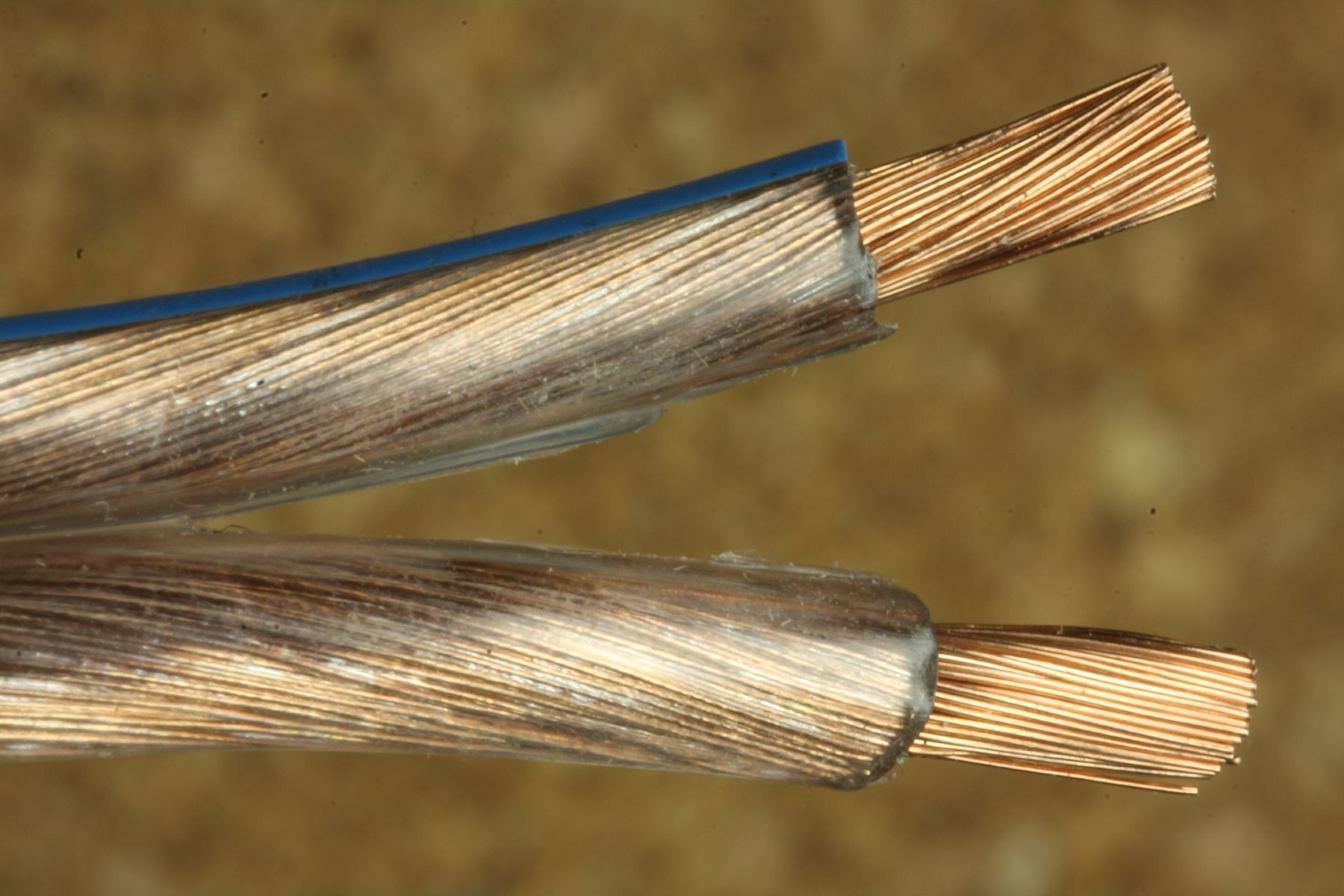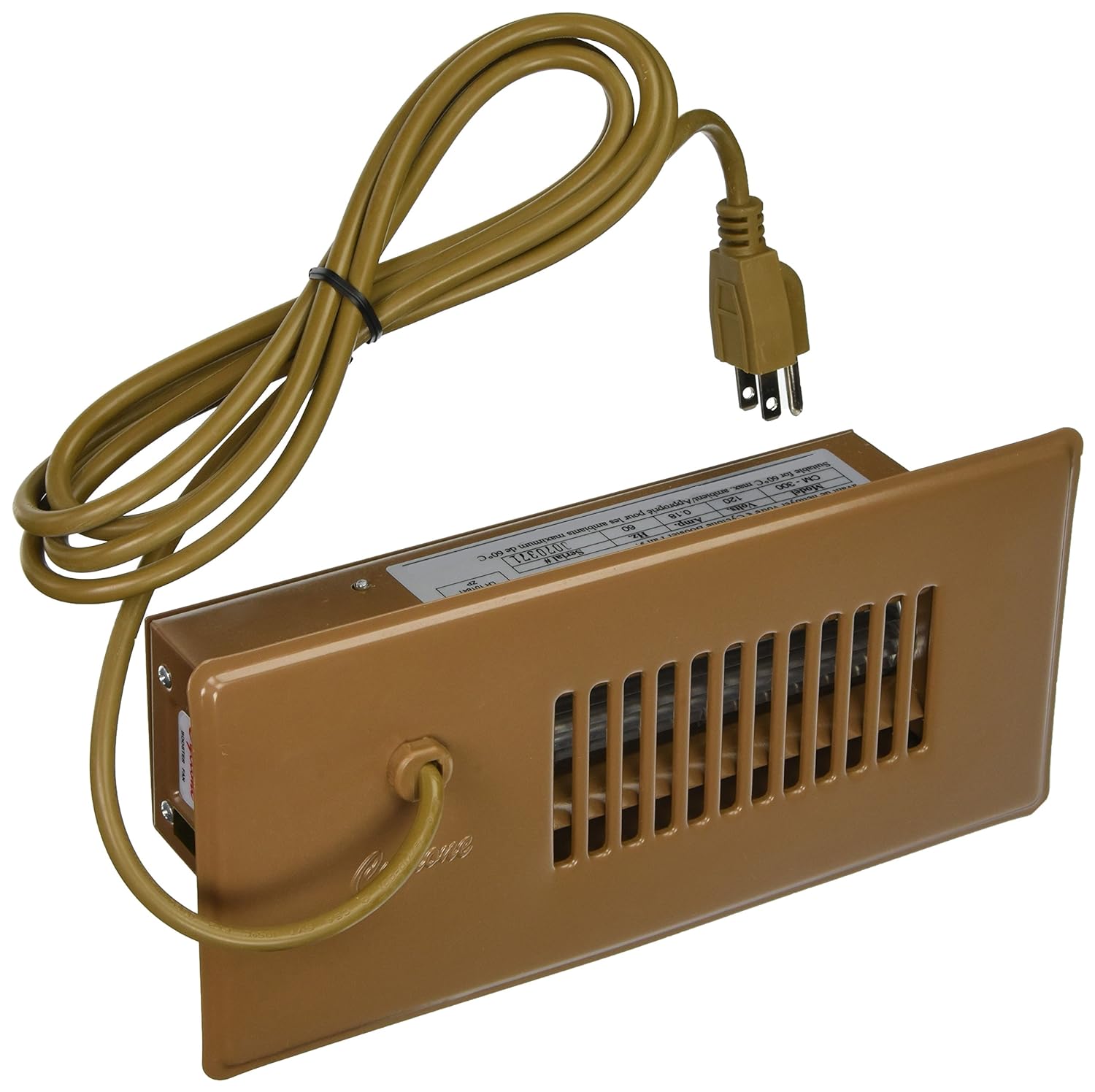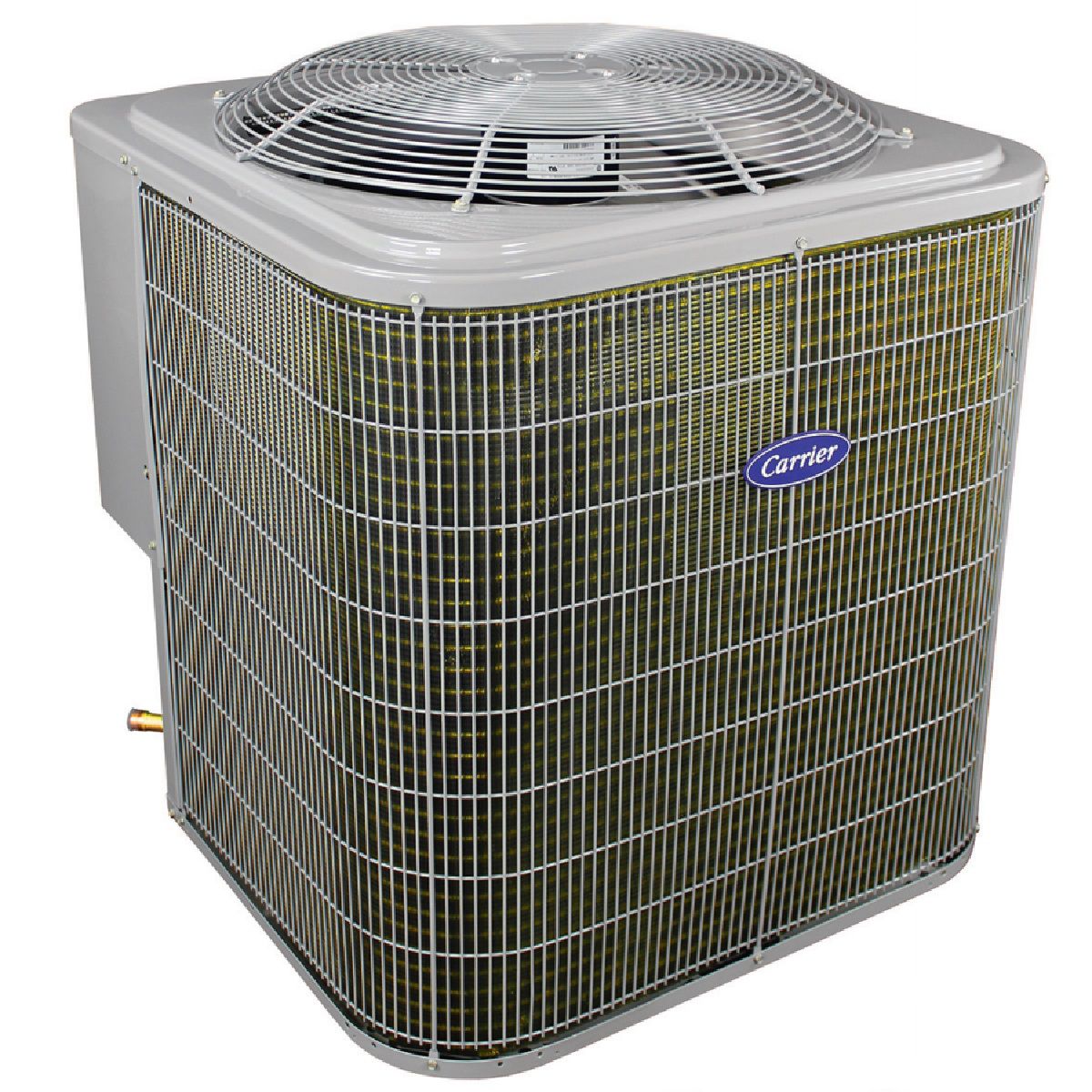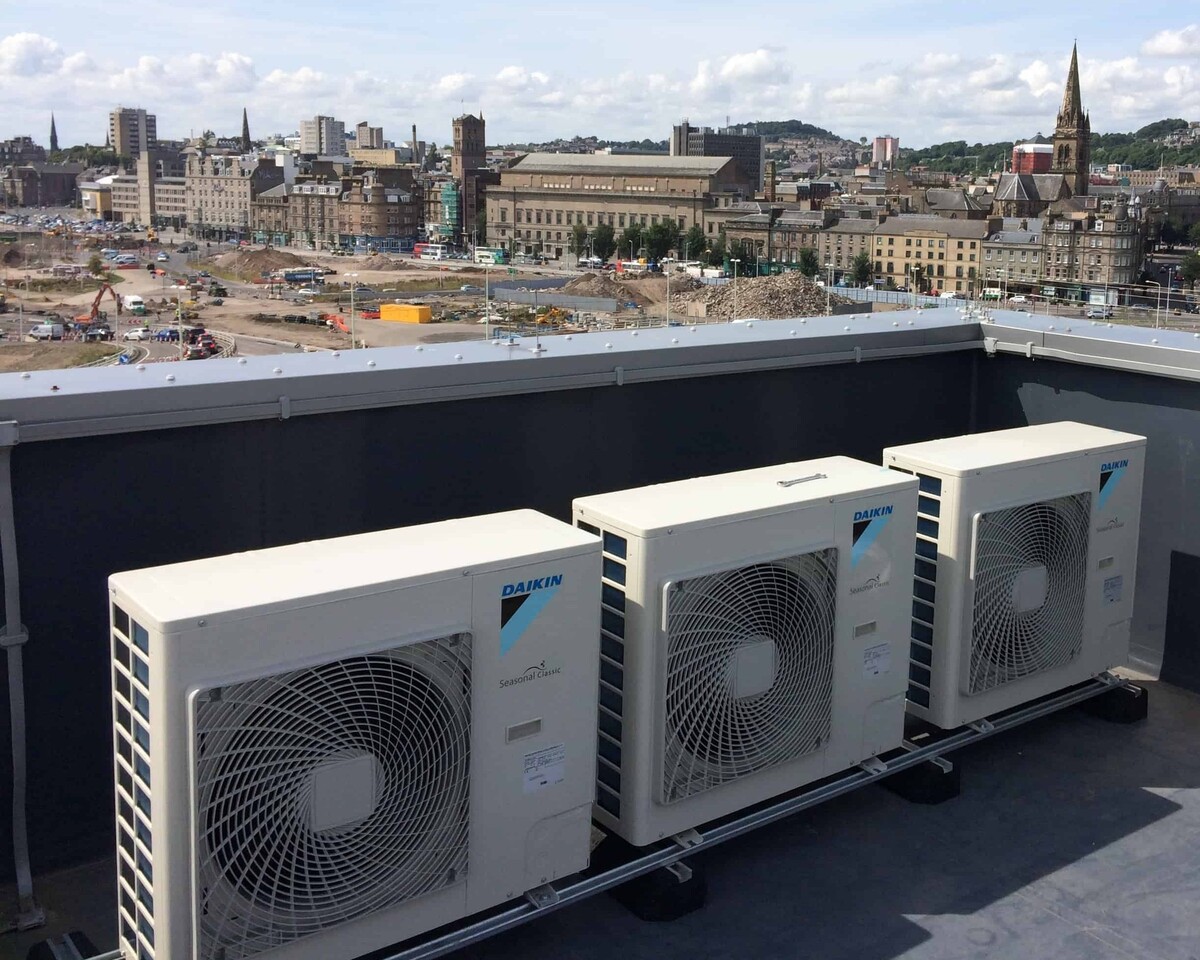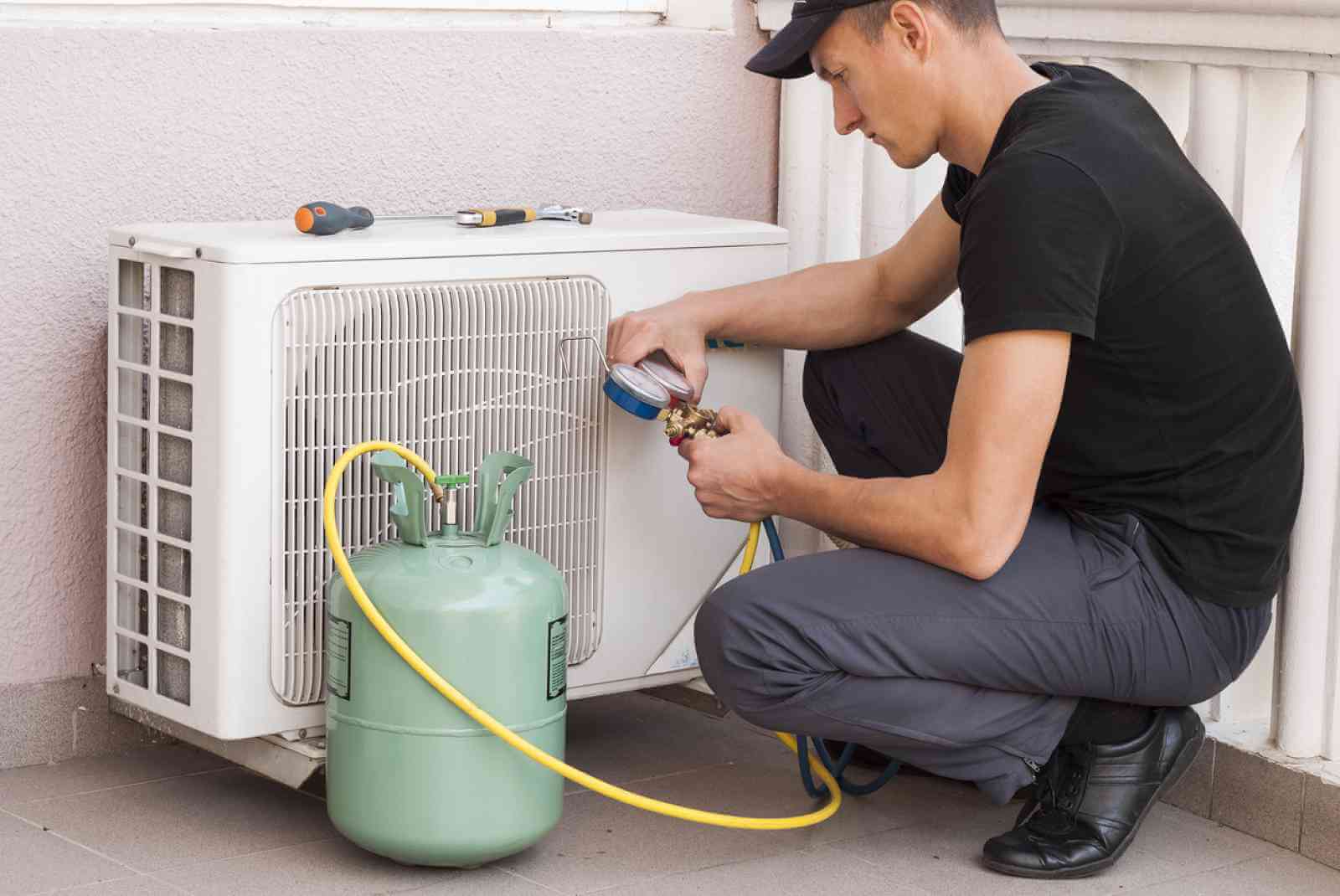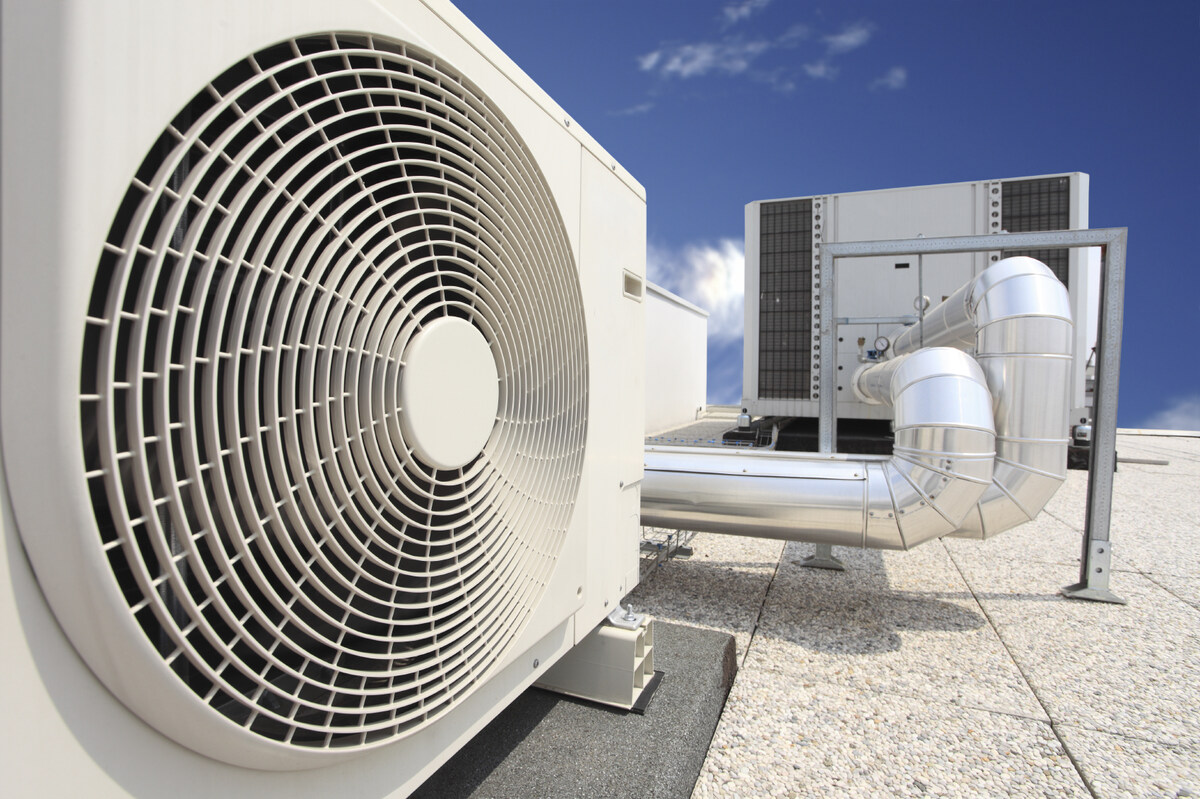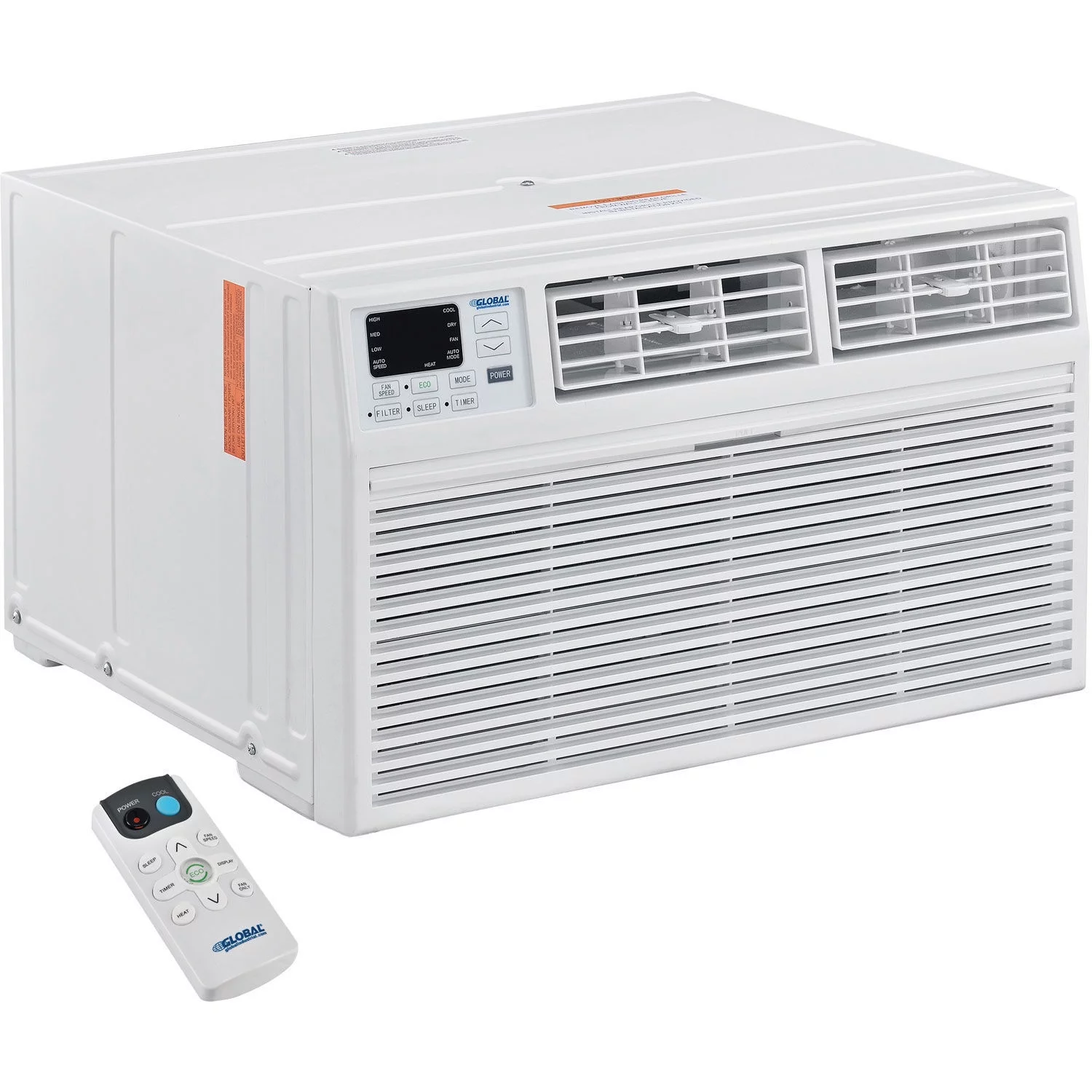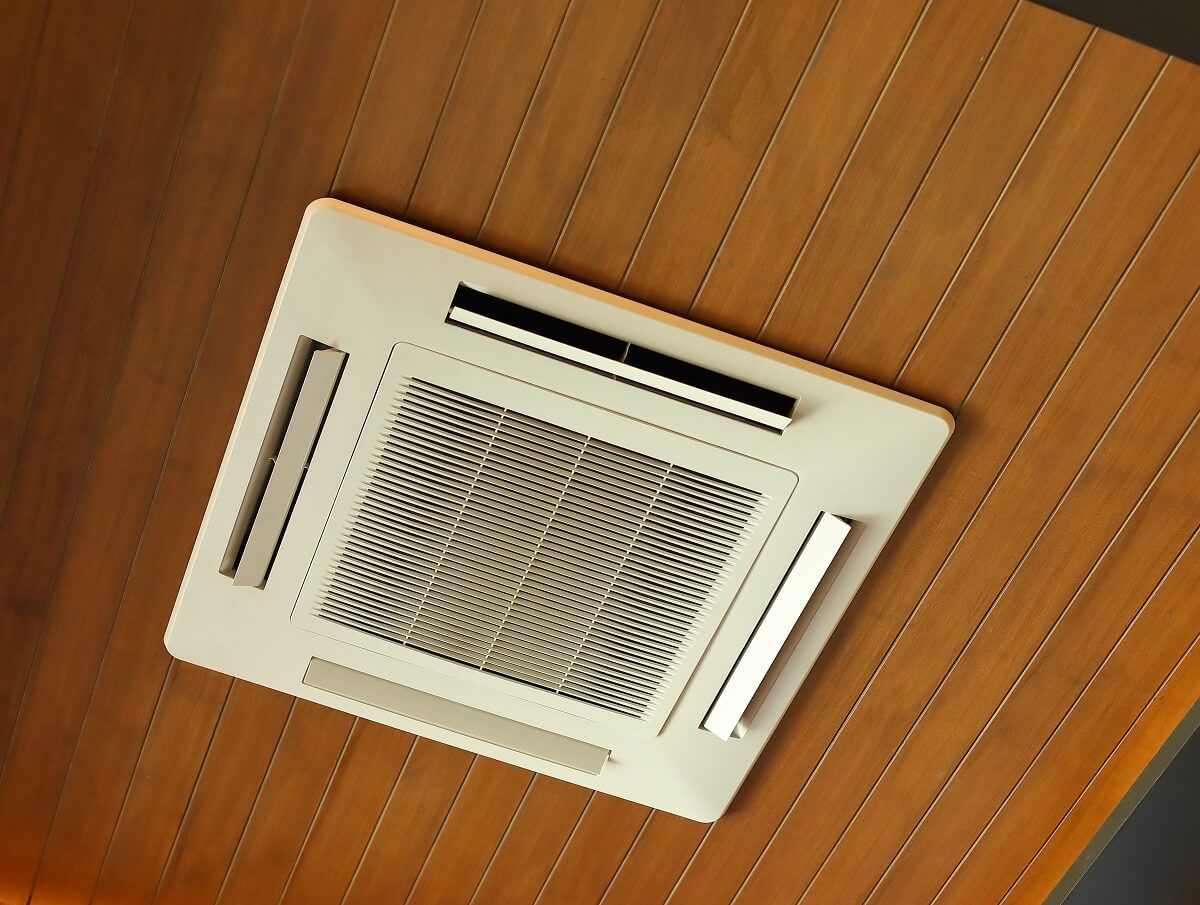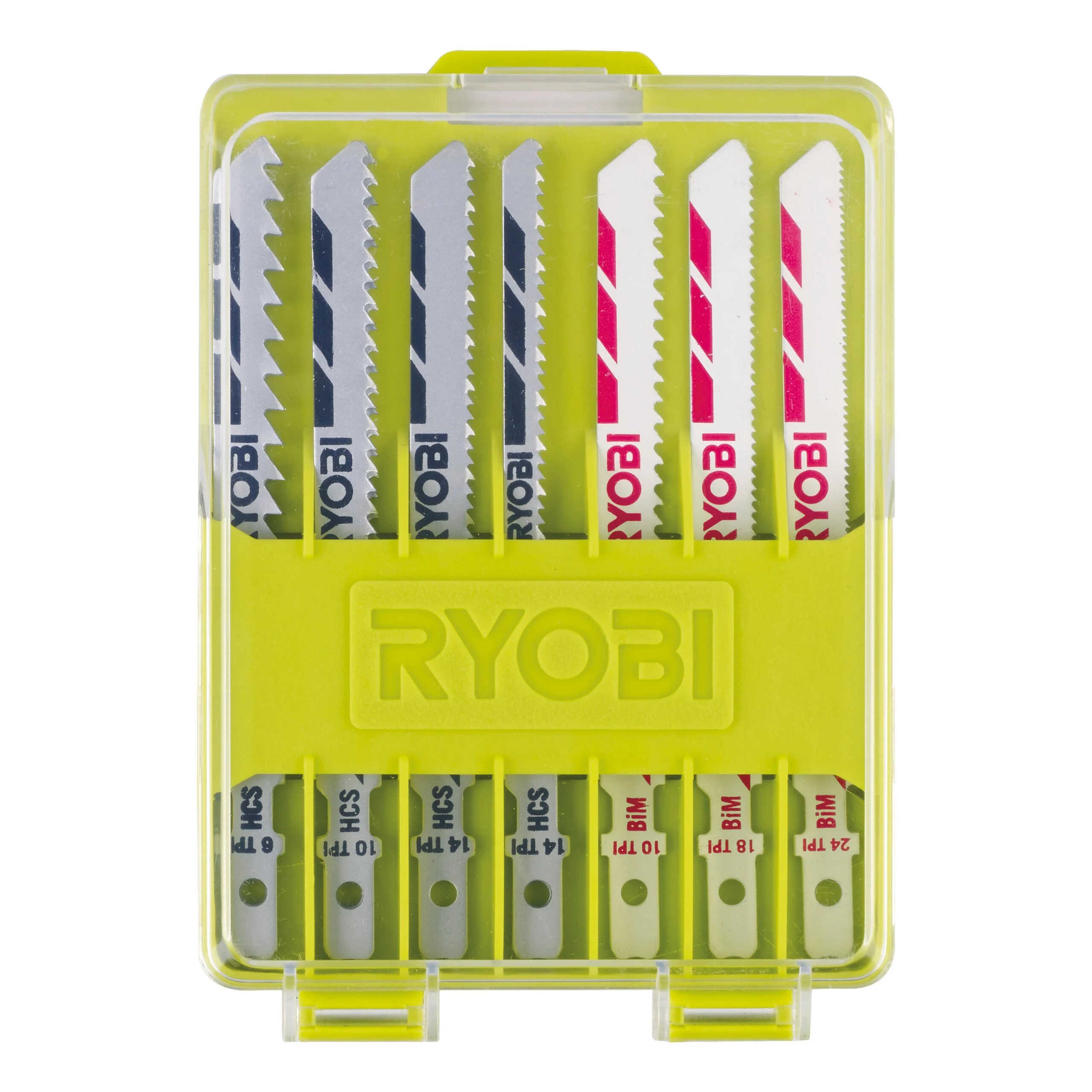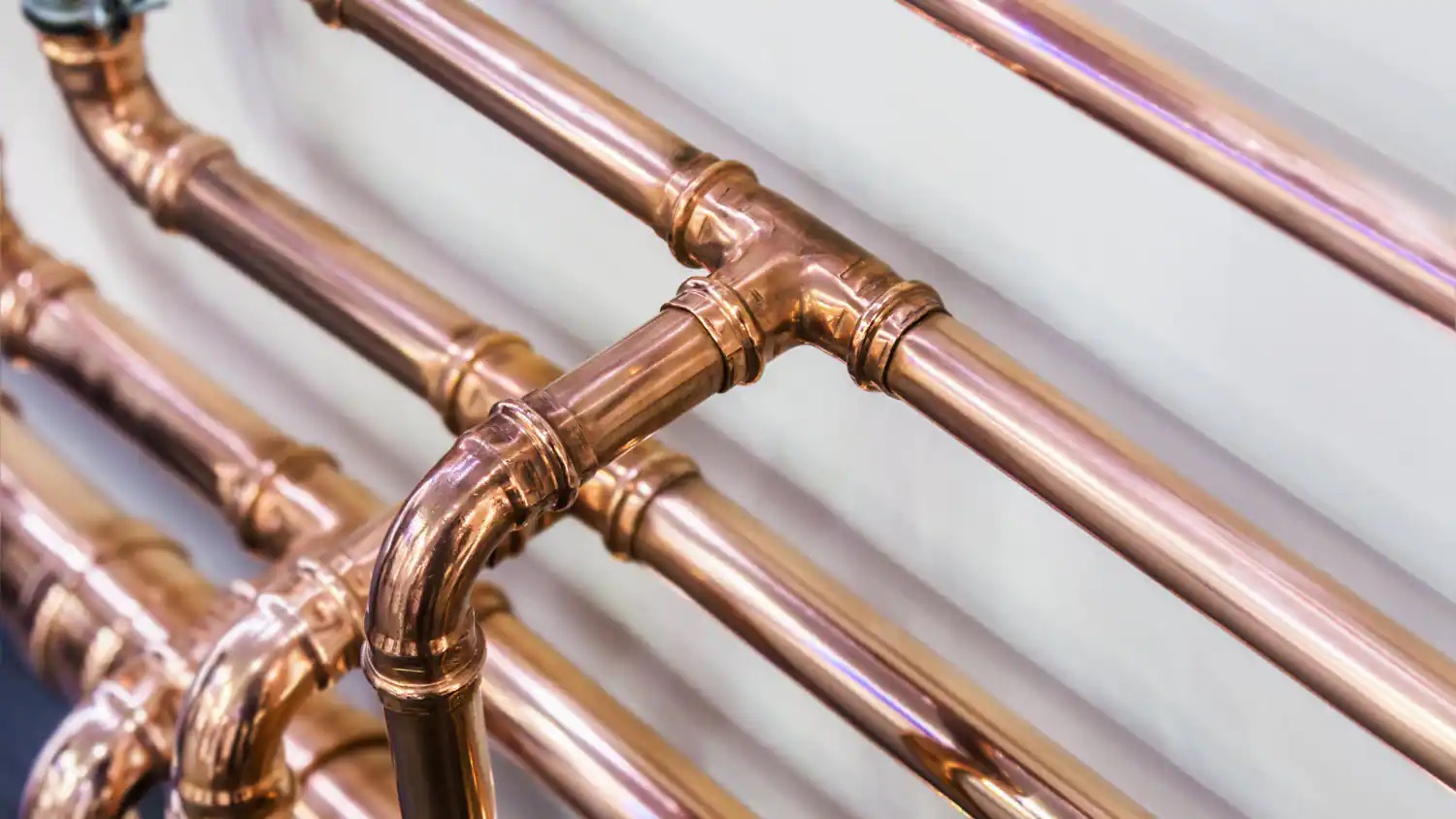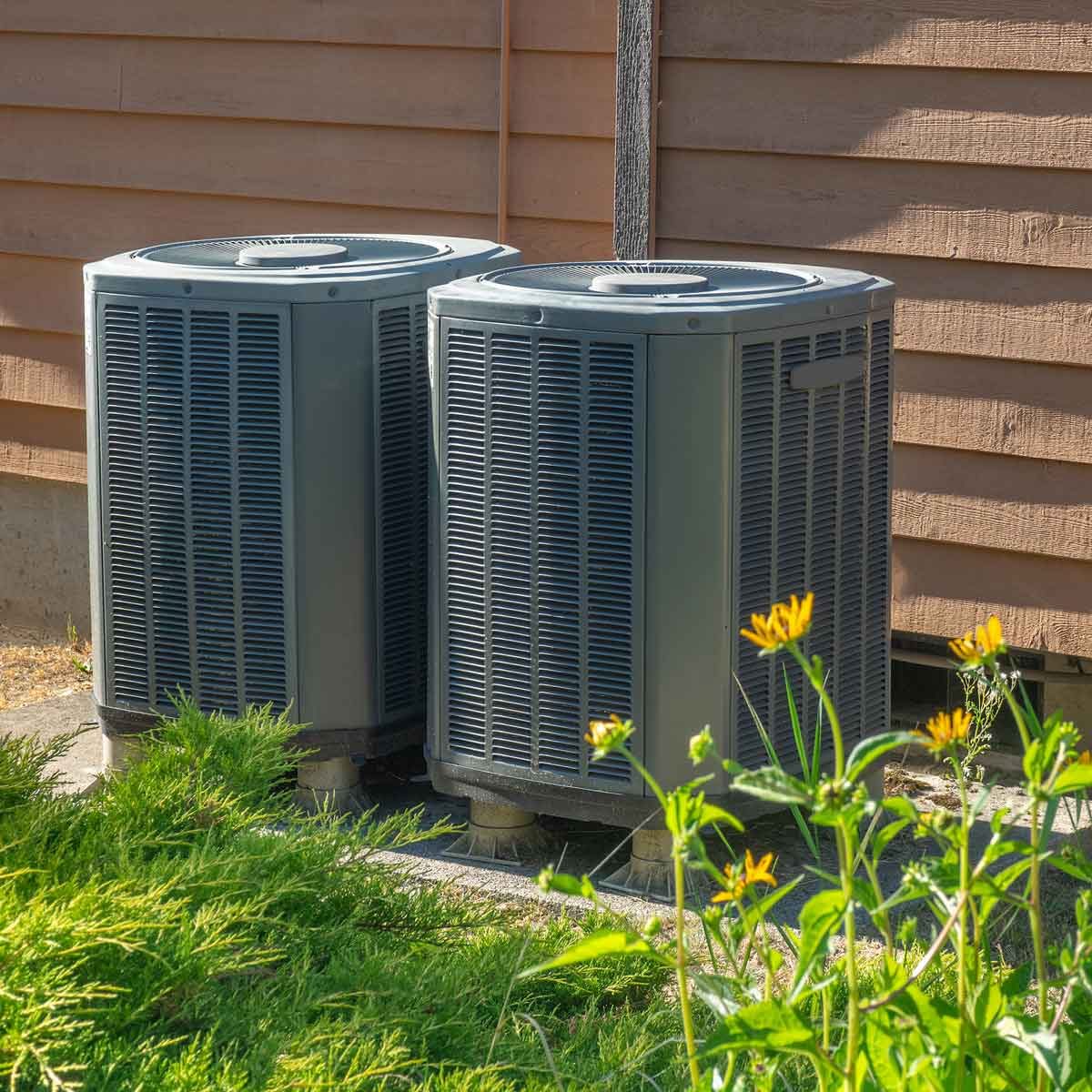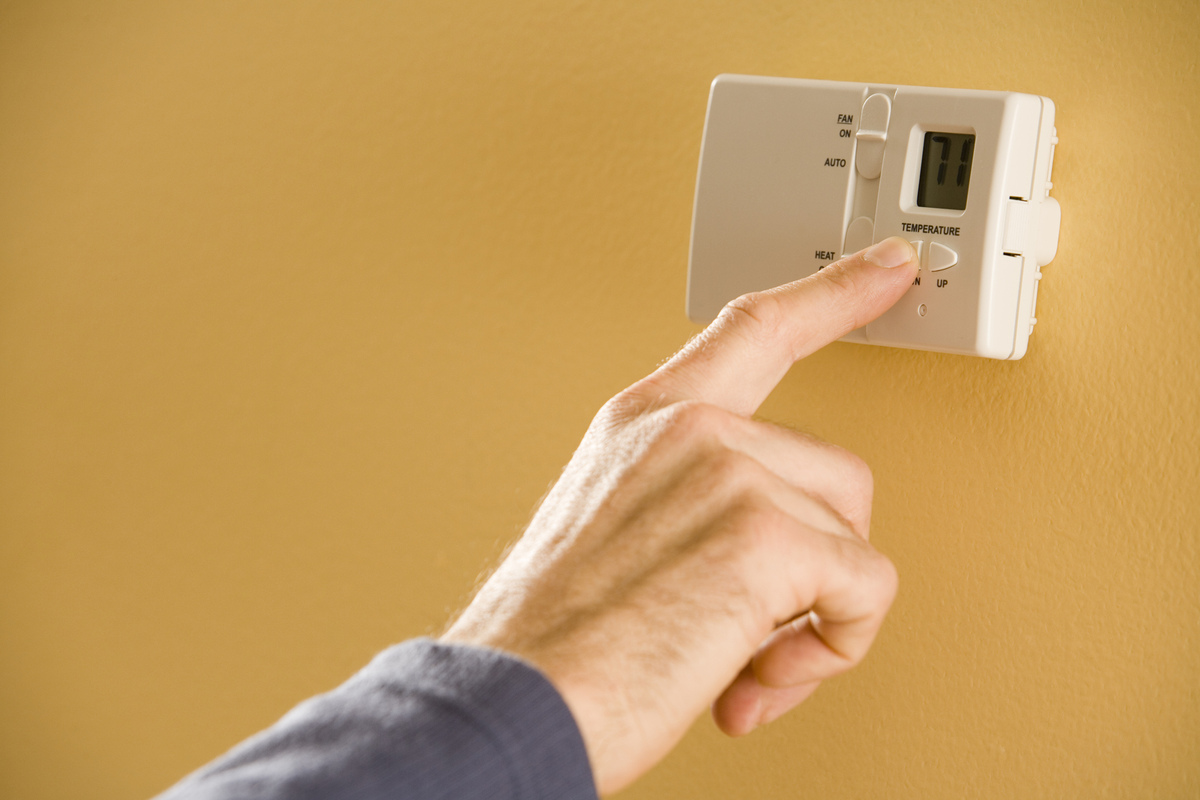Home>Home Maintenance>What Type Of Copper Is Used For Air Conditioning
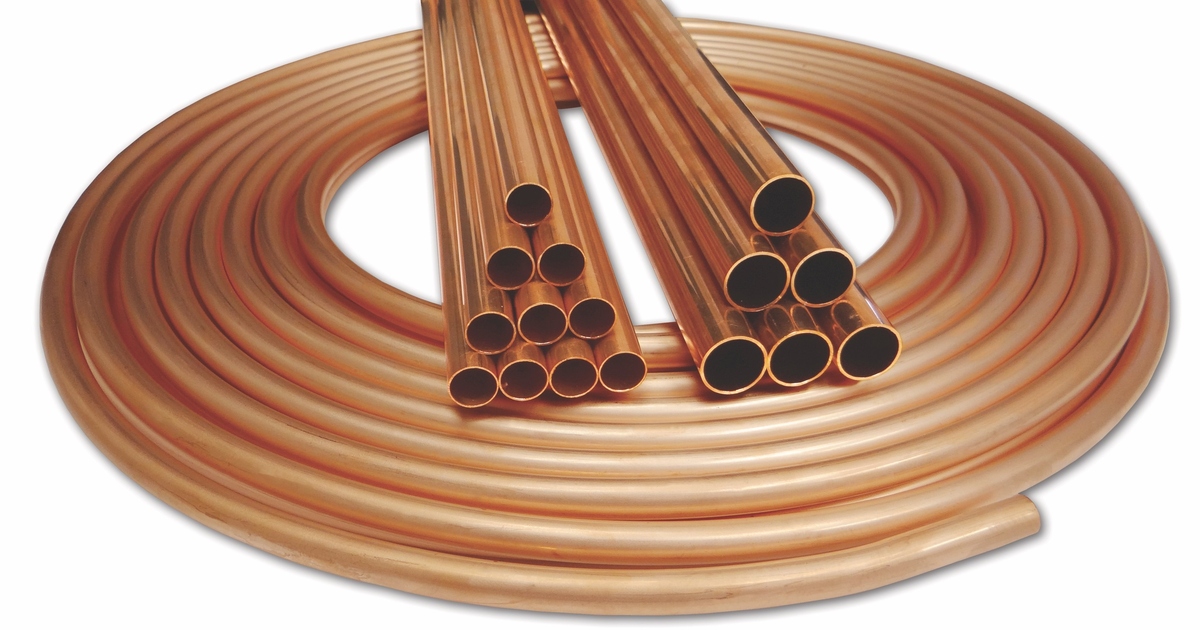

Home Maintenance
What Type Of Copper Is Used For Air Conditioning
Modified: March 6, 2024
Learn about the different types of copper used for air conditioning. Find out which type is best for your home maintenance needs.
(Many of the links in this article redirect to a specific reviewed product. Your purchase of these products through affiliate links helps to generate commission for Storables.com, at no extra cost. Learn more)
Introduction
When it comes to air conditioning systems, the type of copper used plays a crucial role in ensuring its durability and effectiveness. Copper has been the preferred material for air conditioning systems for many years due to its exceptional thermal conductivity, corrosion resistance, and overall performance. However, not all copper is created equal, and different types are used in various applications within the system.
In this article, we will explore the different types of copper used in air conditioning systems: standard copper tubing and enhanced copper tubing. We will delve into their composition, properties, advantages, and disadvantages, as well as the factors to consider when choosing the appropriate copper for your air conditioning system.
So, let’s dive in and discover the world of copper in air conditioning!
Key Takeaways:
- Choose standard copper tubing for regular home air conditioning systems. It’s cost-effective, durable, and resistant to corrosion, providing efficient cooling performance.
- Opt for enhanced copper tubing for high-performance and industrial air conditioning systems. It offers improved heat transfer and higher burst pressure ratings, suitable for demanding applications.
Types of Copper Used in Air Conditioning Systems
When it comes to air conditioning systems, two main types of copper are commonly used: standard copper tubing and enhanced copper tubing. Each type has its own unique properties and is suitable for different applications within the system.
Standard Copper Tubing:
Standard copper tubing, also known as “ACR (air conditioning and refrigeration) copper,” is the traditional and most commonly used type of copper in air conditioning systems. It is made from pure copper and is available in various sizes and thicknesses to accommodate different system requirements.
The composition of standard copper tubing ensures excellent thermal conductivity, allowing for efficient heat transfer between the refrigerant and the surrounding air. This is crucial for the proper functioning of the air conditioning system.
Standard copper tubing also exhibits high corrosion resistance, which helps prevent leaks and damage to the system over time. Its durability ensures longevity and reliable performance, making it a preferred choice for many HVAC professionals.
However, standard copper tubing does have its limitations. The maximum operating pressure for this type of copper is relatively low compared to enhanced copper tubing. It may not be suitable for high-pressure applications or systems that require specialized features.
Enhanced Copper Tubing:
Enhanced copper tubing, also known as “grooved” or “inner-grooved” copper tubing, is an advanced type of copper that has been specially designed to optimize heat transfer and improve system performance. It features small channels or grooves on the inner surface, which increase the surface area in contact with the refrigerant.
These grooves enhance the overall heat transfer capabilities of the copper tubing, allowing for greater efficiency in heat exchange. This makes enhanced copper tubing an excellent choice for high-performance air conditioning systems, especially in commercial and industrial settings where large cooling capacities are required.
In addition to improved heat transfer capabilities, enhanced copper tubing also offers higher burst pressure ratings than standard copper tubing. This makes it suitable for applications that involve high-pressure refrigerants or demanding operating conditions.
However, it is important to note that enhanced copper tubing can be more expensive than standard copper tubing. The grooving process adds complexity to the manufacturing process, which can increase production costs.
Ultimately, the choice between standard copper tubing and enhanced copper tubing depends on the specific requirements of the air conditioning system. Factors such as cooling capacity, operating conditions, and budget will influence the selection process.
Now that we have explored the types of copper used in air conditioning systems, let’s take a closer look at the properties, advantages, and disadvantages of each type.
Standard Copper Tubing
Composition:
Standard copper tubing, commonly used in air conditioning systems, is made from pure copper. It is typically manufactured through a process of extrusion, where the copper is heated and forced through a die to create the desired shape and dimensions.
Properties:
Standard copper tubing possesses several properties that make it highly suitable for air conditioning applications. Firstly, it has excellent thermal conductivity, allowing for efficient heat transfer between the refrigerant and the surrounding air. This ensures optimal cooling performance and energy efficiency.
Furthermore, standard copper tubing exhibits high corrosion resistance, making it less susceptible to leaks and damage caused by moisture or chemical exposure. This corrosion resistance contributes to the longevity and reliability of the air conditioning system.
Standard copper tubing is also known for its ductility, which means it can be easily bent and shaped without cracking or breaking. This flexibility makes installation easier and allows for the routing of tubing in tight spaces, improving system efficiency.
Advantages:
One of the main advantages of standard copper tubing is its widespread availability. It is a commonly used material in the HVAC industry, making it readily accessible for installation or repairs.
In addition, standard copper tubing is cost-effective compared to some alternative materials. Its durability and resistance to corrosion reduce the need for frequent replacements or repairs, resulting in long-term cost savings.
Disadvantages:
While standard copper tubing offers numerous benefits, it does have some limitations. One disadvantage is its relatively low maximum operating pressure compared to enhanced copper tubing. It may not be suitable for high-pressure applications or systems that require specialized features.
Another consideration is the potential for copper theft. The high value of copper in the recycling market has led to incidents of theft, which can impact air conditioning systems. However, security measures can be taken to mitigate this risk.
Despite these drawbacks, standard copper tubing remains a popular choice for air conditioning systems due to its excellent thermal conductivity, corrosion resistance, and cost-effectiveness.
Tip: Type L copper is commonly used for air conditioning systems due to its durability and ability to handle the high pressure and temperature requirements of the system. It is important to use the right type of copper to ensure the efficiency and longevity of the air conditioning unit.
Enhanced Copper Tubing
Composition:
Enhanced copper tubing, also known as grooved or inner-grooved copper tubing, is a specialized type of copper used in air conditioning systems. It is typically made from pure copper and undergoes an additional manufacturing process to create small channels or grooves on the inner surface.
Properties:
The grooves on the inner surface of enhanced copper tubing significantly increase its surface area in contact with the refrigerant. This enhanced surface area improves heat transfer efficiency, allowing for more effective cooling and increased system performance.
Enhanced copper tubing retains the excellent thermal conductivity and corrosion resistance of standard copper tubing, ensuring efficient heat transfer and protection against leaks or damage caused by moisture or chemicals.
Furthermore, enhanced copper tubing has higher burst pressure ratings compared to standard copper tubing. This means it can withstand higher pressure levels without the risk of bursting, making it suitable for applications involving high-pressure refrigerants or demanding operating conditions.
Advantages:
The primary advantage of enhanced copper tubing is its enhanced heat transfer capabilities. The grooves on its inner surface facilitate greater contact between the refrigerant and the copper, resulting in improved cooling efficiency and energy savings.
In addition, enhanced copper tubing is highly effective in high-performance air conditioning systems, especially in commercial and industrial settings where large cooling capacities are required. It can handle higher pressure levels and provide reliable performance in demanding applications.
Furthermore, despite its enhanced properties, enhanced copper tubing is still compatible with standard HVAC fittings and connectors, making it easy to integrate into existing air conditioning systems.
Disadvantages:
One of the main disadvantages of enhanced copper tubing is its relatively higher cost compared to standard copper tubing. The grooving process adds complexity to the manufacturing process, increasing production costs. However, the enhanced performance and efficiency justify the investment in certain applications.
Another consideration is the potential for reduced flow rate due to the presence of grooves on the inner surface. The increased surface area in contact with the refrigerant can create additional friction, resulting in a slight reduction in the flow rate. However, this is usually negligible and does not significantly impact system performance.
Despite these drawbacks, enhanced copper tubing is a preferred choice for air conditioning systems that require improved heat transfer, higher pressure capabilities, and enhanced performance.
Factors to Consider When Choosing Copper for Air Conditioning Systems
When selecting copper for air conditioning systems, several factors need to be considered to ensure optimal performance, longevity, and cost-effectiveness. These factors include system requirements, environmental considerations, and cost factors.
System Requirements:
The specific requirements of the air conditioning system play a critical role in determining the type of copper to be used. Factors such as cooling capacity, operating pressure, and temperature range should be taken into account when selecting copper tubing.
For systems that require high cooling capacities or operate at higher pressures, enhanced copper tubing may be the best choice. Its improved heat transfer capabilities and higher burst pressure ratings make it suitable for such demanding applications.
On the other hand, standard copper tubing is often suitable for residential or smaller-scale air conditioning systems that operate within normal pressure ranges.
Environmental Considerations:
The environmental conditions in which the air conditioning system will operate should also be considered when choosing copper. Factors such as moisture levels, exposure to chemicals or pollutants, and the likelihood of corrosion can impact the performance and lifespan of the copper tubing.
In humid or corrosive environments, it is crucial to select copper tubing with high corrosion resistance. Both standard copper tubing and enhanced copper tubing exhibit good corrosion resistance, but the enhanced variety may provide added protection due to its specialized manufacturing process.
Furthermore, if the air conditioning system will be installed in outdoor or exposed areas, it is advisable to consider additional protective coatings or insulation measures to further safeguard the copper tubing.
Cost Factors:
Cost is another important factor to consider when choosing copper for air conditioning systems. While enhanced copper tubing offers enhanced performance, it is often more expensive compared to standard copper tubing.
It is essential to evaluate the specific needs of the system and balance them with the available budget. For applications that require maximum performance and efficiency, the investment in enhanced copper tubing may be justified.
However, for smaller-scale or residential systems with lower cooling capacities and normal operating pressures, standard copper tubing can still provide reliable performance at a more affordable cost.
It is crucial to find the right balance between performance requirements and budget constraints when selecting copper tubing for air conditioning systems.
By considering the system requirements, environmental conditions, and cost factors, you can make an informed decision on which type of copper tubing is most suitable for your air conditioning system. Consulting with HVAC professionals can also provide valuable insights and guidance.
Read more: How To Use Air Conditioning Gauges
Conclusion
In conclusion, the type of copper used in air conditioning systems plays a significant role in their performance, durability, and overall efficiency. Two main types of copper tubing are commonly used: standard copper tubing and enhanced copper tubing.
Standard copper tubing, made from pure copper, offers excellent thermal conductivity and corrosion resistance. It is widely available and cost-effective, making it a popular choice for many air conditioning systems. However, it may have limitations in terms of operating pressure and specialized features.
Enhanced copper tubing, characterized by grooves on the inner surface, provides enhanced heat transfer capabilities and higher burst pressure ratings. It is ideal for high-performance systems and demanding applications. However, it tends to be more expensive than standard copper tubing.
When choosing copper for air conditioning systems, several factors should be considered. System requirements, including cooling capacity and operating pressure, should guide the choice between standard and enhanced copper tubing. Environmental conditions, such as moisture levels and exposure to corrosive elements, should also be taken into account to ensure proper corrosion resistance. Lastly, cost factors must be balanced with performance requirements and budget constraints.
By carefully considering these factors, informed decisions can be made about the type of copper tubing that best suits each air conditioning system’s needs.
Remember, consulting with HVAC professionals can provide valuable insights and guidance in selecting the most appropriate copper tubing for your specific air conditioning system.
With the right choice of copper tubing, you can ensure optimal performance, longevity, and cost-effectiveness for your air conditioning system, creating a comfortable and efficient environment in your home or workspace.
Frequently Asked Questions about What Type Of Copper Is Used For Air Conditioning
Was this page helpful?
At Storables.com, we guarantee accurate and reliable information. Our content, validated by Expert Board Contributors, is crafted following stringent Editorial Policies. We're committed to providing you with well-researched, expert-backed insights for all your informational needs.
